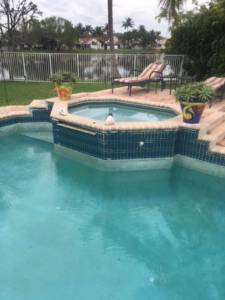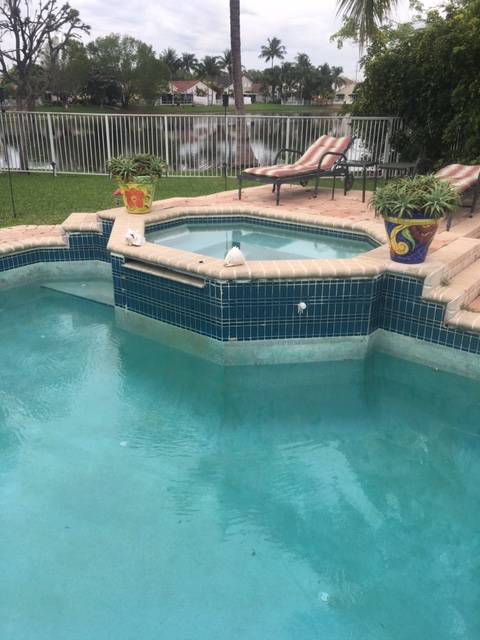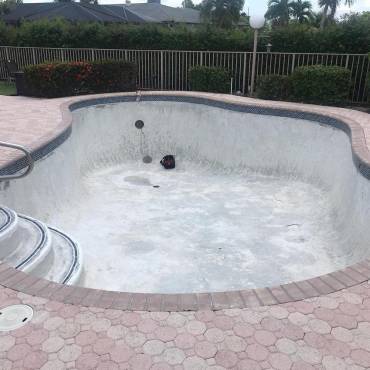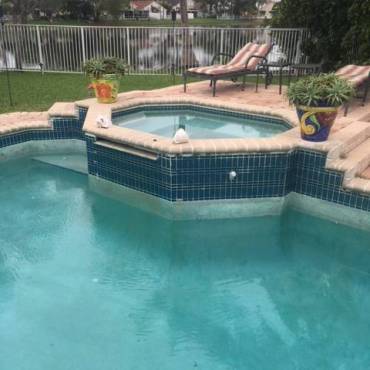 Have you ever noticed that most hot tubs are located on backyard decks or next to outdoor swimming pools? There’s a reason for this.
Have you ever noticed that most hot tubs are located on backyard decks or next to outdoor swimming pools? There’s a reason for this.
Hot tubs aren’t usually installed inside private homes for one simple reason: The high humidity they generate combined with relatively small enclosed spaces can combine to create an atmosphere that is ripe for the growth of mold, mildew, and bacteria.
Indoor Hot Tubs
Hot tubs contain water that is heated to a high temperature. As a result, they tend to generate a lot of steam. So in residential homes, they typically are located outdoors, where all of that water vapor can escape into the open air.
But what about hotels and resorts? They have indoor hot tubs, don’t they? The answer is: “Yes, they do. But they also typically have cleaning crews that can clean and disinfect the areas around the hot tub on a daily basis, removing harmful bacteria and other problems before they have a chance to take hold.”
Hot tubs located in the basement of a private home, for example, typically require more ventilation than generally exists in the standard house. So unless the homeowner is willing to thoroughly clean and scrub the walls, ceilings, and floors around the hot tub after every use or install a powerful and costly ventilation system, it’s usually only a matter of time before problems start to set in.
Outdoor Hot Tubs
Most hot tub owners want to use their units year-round, even when the weather is cooler. But rather than moving or installing their hot tubs indoors, a better plan is usually to build a temporary or lightweight barrier between the tub and the cold open air. This can be a structure made of wood, plastic, or other lightweight material that can easily be broken down and stored during the warmer months.
You don’t usually see a lot of hot tubs inside private homes. Now you know why.



